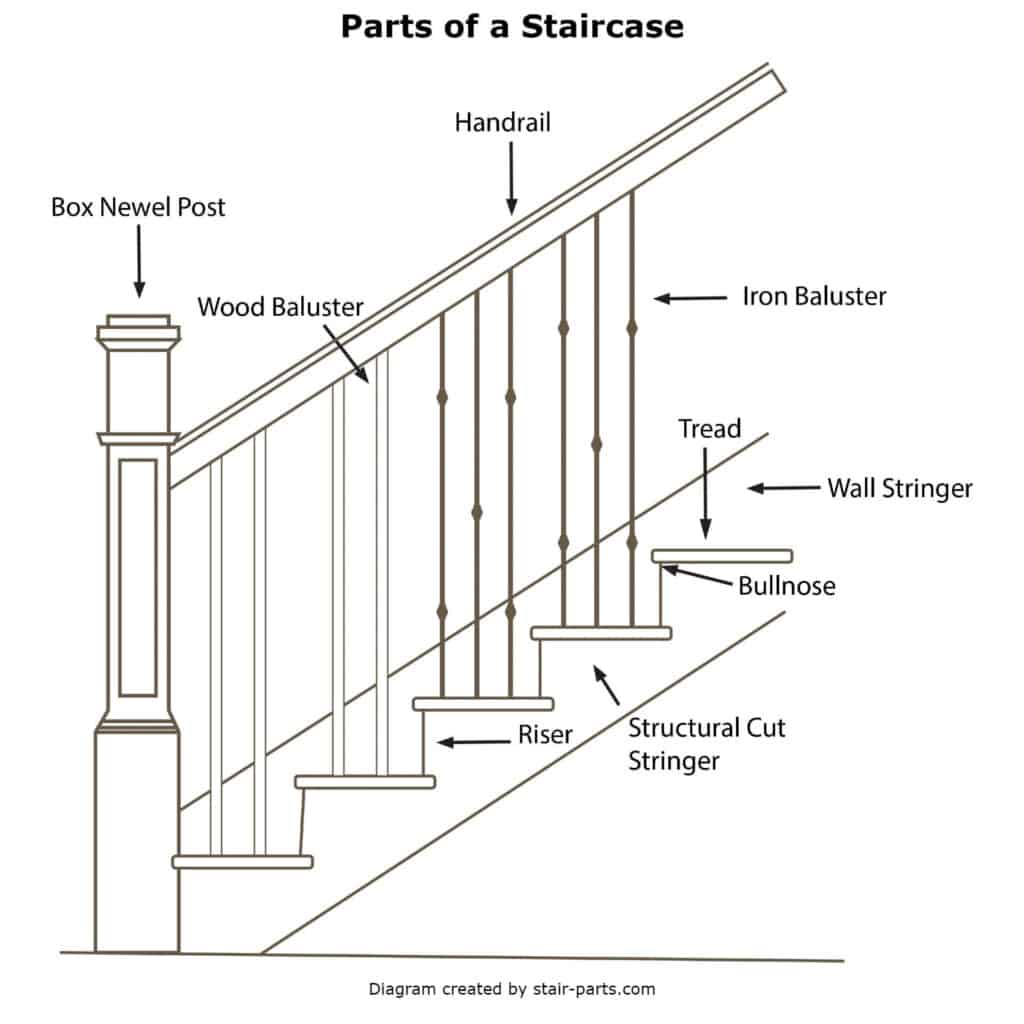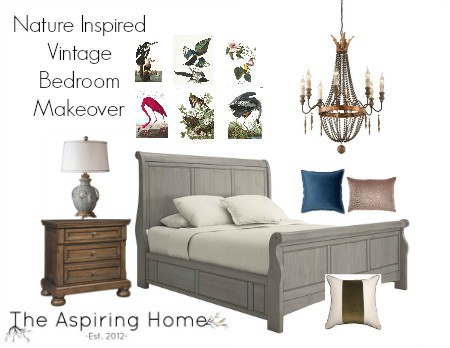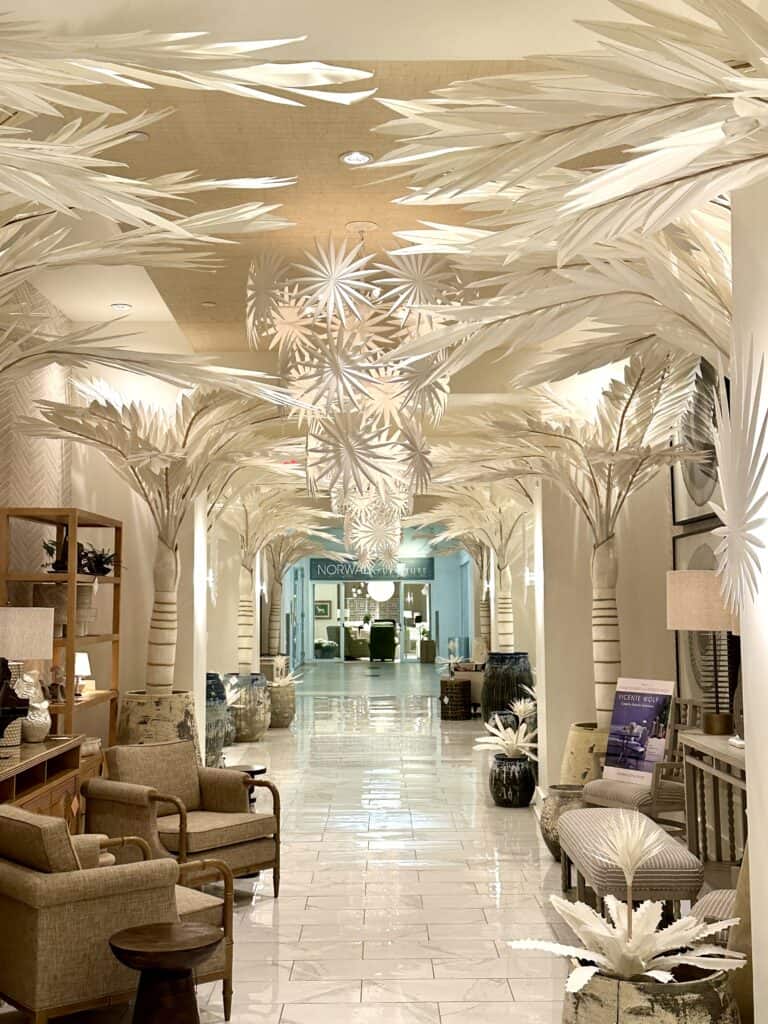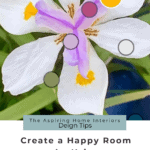Learn the Basic Anatomy of the Staircase
Do you know the parts that make up a set of stairs? Would you like to know? Grab a cup of coffee and let’s learn the basic anatomy of the staircase.
I love a beautiful staircase and the character it adds to a home. So much potential in this sometimes forgotten area. Today I thought I would break down all the basic terms used to label the different parts of the staircase. Let’s learn the basic anatomy of the staircase today, shall we?
Let’s Go!
Newel Posts
The newel post is considered to be the support of the staircase. These are located at the top and bottom of the staircase.
They are “large and in charge”, vertical posts at the bottom and top of a staircase, and sometimes at intervals along the length of the stairs. Newel posts are essential for stabilizing the staircase and providing support for the balusters. They can also serve as a decorative element in a staircase design, adding visual interest and style. I personally love to really amp up the size to create a more grander staircase on a budget.
Hand Rails
These are the rails at the top of the balusters that provide support for people as they climb up or down the stairs. Handrails are essential for safety, as they help people keep their balance and prevent falls. They can also be a design element, coming in different materials and styles.
Balusters
These are the vertical posts that connect the handrail to the stair treads. Balusters are critical for safety, as they prevent people from falling off the stairs. They can also be a design element, coming in different materials and styles, to add flair to the interiors.
One of my favorite tricks is to paint the balusters in an unexpected color or finish. I used an automotive spray paint chrome finish to add a reflective quality to my balusters and I was completely smitten. Definitely remove the balusters and paint in a well ventilated area. We strung mine between two trees outdoors.
Risers
These are the vertical boards that connect the treads, or steps, and provide backing for each step. Risers help prevent people from tripping, as well as adding support for the treads. They can also be decorative elements in a staircase design.
Have fun here and really let your personality shine through. You can paint, tile, wallpaper, stencil, add decorative molding.
Whatever you decide to do, make sure you take a few things into consideration:
- will these be high traffic? If the answer is yes, then you will need to use the proper paint formulas and protective finishes if you paint. Wallpaper would not be a great choice if the stairs will receive a lot of daily abuse.
- how thick will the tile be? If you fell in love with the perfect tile, check the thickness. The thinner the better, you don’t want to encroach on the treads if possible. Think about it, tile plus backing plus mortar will add to the thickness and create an uncomfortable feeling going up and down the stairs because the risers will feel narrow and unsafe.
Tread
These are the horizontal boards that people step on when climbing up or down the stairs. Treads are essential for safety and comfort, providing a stable and comfortable surface for people to walk. They come in different materials like wood, marble, granite, carpet, and others, allowing for a wide range of design options.
One of my favorite ideas is a simple one, a beautiful wood tread paired with a gorgeous runner with added fabulous hardware…be still my heart!
Stringers
These are the structural supports that run along either side of the staircase, providing support for the treads and risers. Stringers are crucial for the stability and strength of the stairs. They also provide a space for the installation of lights that can give an aesthetic look to the stairs.
The anatomy of stairs is complex, and every part of the staircase has a specific function. Understanding the role of each element can help you make informed decisions about your stairs, from the design to the safety considerations.
Whether you’re renovating your home or building a new one, consider the anatomy of stairs and how each part matters. A well-designed and well-built staircase not only adds visual interest to your home but also provides safety, stability, and convenience for years to come.











